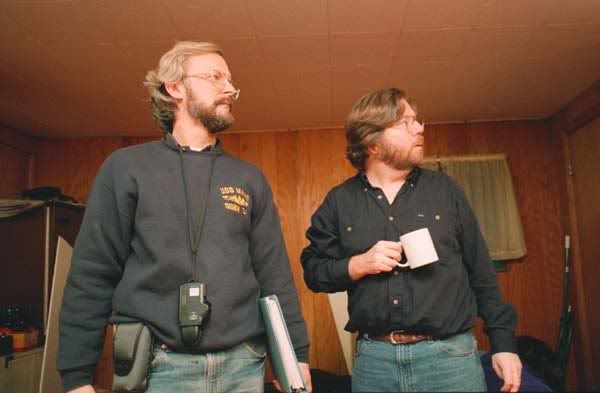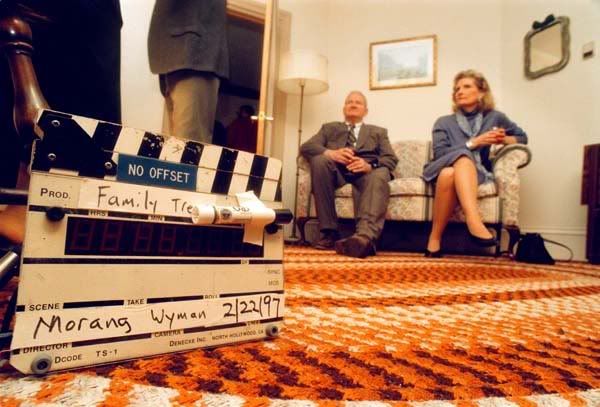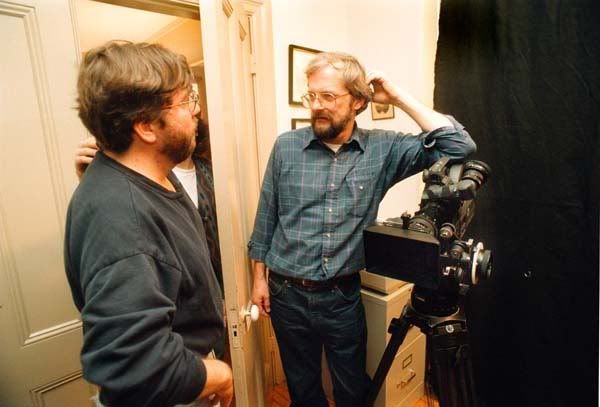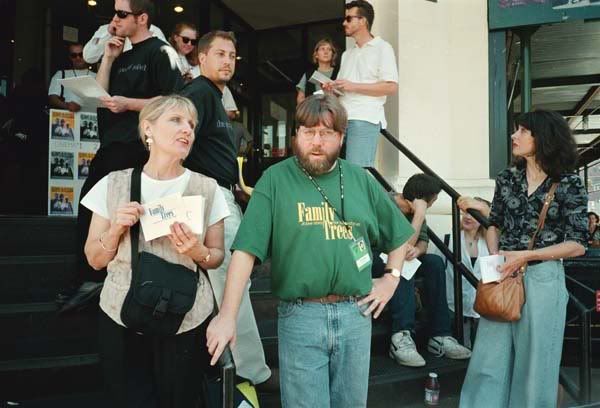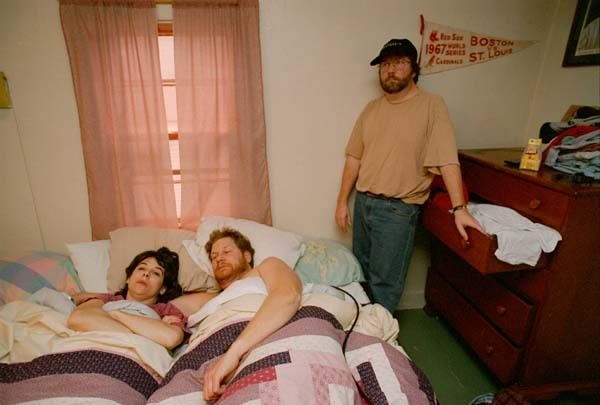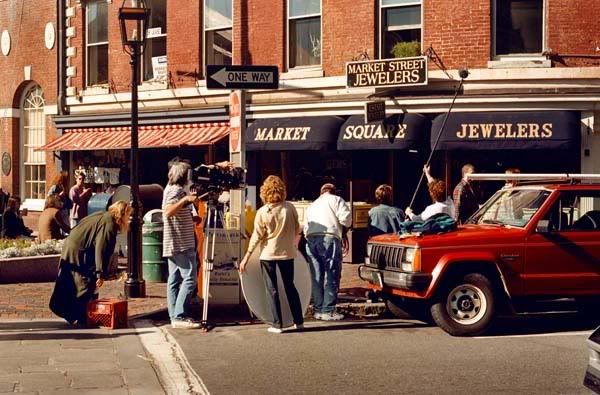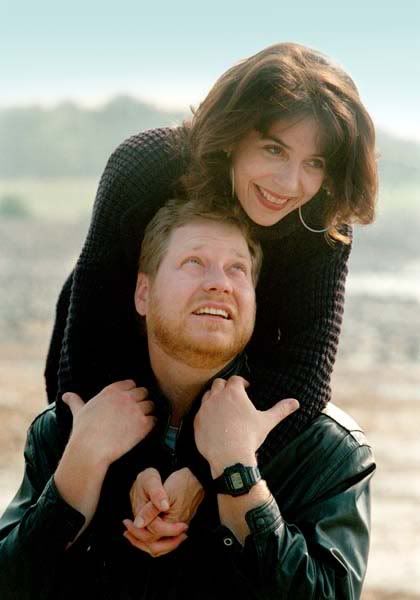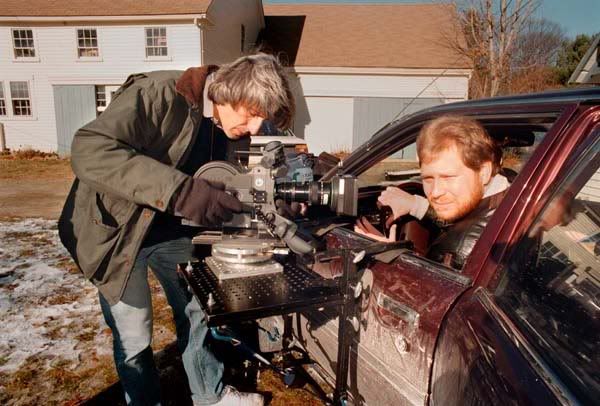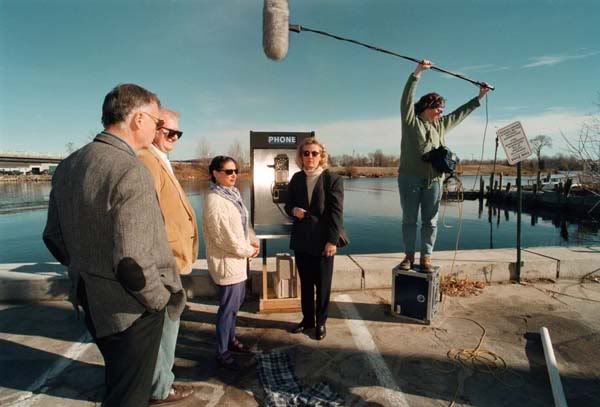 By Gina Carbone
By Gina CarboneA fourth “Rambo” just came out. It follows “Rocky Balboa,” which 61-year-old Sylvester Stallone released in 2006. In 2007, 52-year-old Bruce Willis found his fourth wind with “Live Free or Die Hard.” Later this year, 65-year-old Harrison Ford will crack his whip again for “Indiana Jones and the Kingdom of the Crystal Skull.” Also a fourth movie.
These men should read the Bible more often -- three is a good number. Powerful number. Four is just one more. As in one more movie with past-their-prime actors reliving old glories. Fun for them, maybe, but what’s in it for us?
With an estimated budget of $24 million, “Rocky Balboa” went on to gross about $74 million stateside and a lot more overseas. The overseas angle is the only thing I can think of when I ask myself “Why another Rambo?” Stallone still has star power in this country but even more when you cross the border. The curiosity angle may movie some tickets, but are there that many die hard Rambo fans still kickin' around?
Maybe. Box Office Mojo asked its users, “What is your top choice to see this weekend (Jan. 25-27)?” The top choice, with 31.6 percent of 1,128 votes, was “Rambo.” “Cloverfield,” a repeat from the week before, was the closest second with only 16.5 percent. Only 5.1 percent of voters chose “Untraceable,” the mainstream new release starring Diane Lane, and 3.6 percent expressed interest in the spoof “Meet the Spartans.”
Huh.
 Perhaps the baby boomers are speaking. Someone elevated “The Bucket List” to the top film at the box office for its opening weekend, No. 3 last time I checked. Star power still works, even when the storyline is depressing and the stars are both 70. Hollywood is traditionally youth-obsessed, but maybe now that the country is getting older we’re ready to watch our favorite celebrities battle our own issues.
Perhaps the baby boomers are speaking. Someone elevated “The Bucket List” to the top film at the box office for its opening weekend, No. 3 last time I checked. Star power still works, even when the storyline is depressing and the stars are both 70. Hollywood is traditionally youth-obsessed, but maybe now that the country is getting older we’re ready to watch our favorite celebrities battle our own issues. Look at 66-year-old Julie Christie in “Away from Her,” a beautiful small film about Alzheimer’s effect on a marriage, as directed by 29-year-old Sarah Polley. Christie is a frontrunner for an Academy Award this year -- and, for once, it isn’t because she’s an icon. (Sorry, Ruby Dee, but your nomination was just for that.)
Look at 66-year-old Julie Christie in “Away from Her,” a beautiful small film about Alzheimer’s effect on a marriage, as directed by 29-year-old Sarah Polley. Christie is a frontrunner for an Academy Award this year -- and, for once, it isn’t because she’s an icon. (Sorry, Ruby Dee, but your nomination was just for that.)Looking back over 2007, many of the strongest performances can be credited to the geriatric crowd. Max von Sydow, 78, stole hearts in “The Diving Bell and the Butterfly.” Albert Finney, 71, was boss in “The Bourne Ultimatum” and “Before the Devil Knows You’re Dead.” And nothing can touch the poetic sadness of Oscar nominee Hal Holbrook, 82, in “Into the Wild.”
Not everyone is on the “gray is the new black” trend. The top films of 2007 were “Spider-Man 3,” “Shrek the Third,” “Transformers” “Pirates of the Caribbean: At World’s End” and “Harry Potter and the Order of the Phoenix.” I don’t think we can credit Aunt May or Dumbledore for those blockbusters.
 Mel Gibson already made his fourth “Lethal Weapon” 10 years ago -- when he was still in his 40s -- and Arnold Schwarzenegger is absent from the “Terminator” resurgence. He made “Terminator 3” back in 2003, when the 60-year-old governor was a frisky 56. Now there’s a new TV show, “Terminator: The Sarah Connor Chronicles,” with a hot young female robot played by 26-year-old Summer Glau; plus the inevitable fourth film, “Terminator Salvation: The Future Begins,” starring 33-year-old Christian Bale.
Mel Gibson already made his fourth “Lethal Weapon” 10 years ago -- when he was still in his 40s -- and Arnold Schwarzenegger is absent from the “Terminator” resurgence. He made “Terminator 3” back in 2003, when the 60-year-old governor was a frisky 56. Now there’s a new TV show, “Terminator: The Sarah Connor Chronicles,” with a hot young female robot played by 26-year-old Summer Glau; plus the inevitable fourth film, “Terminator Salvation: The Future Begins,” starring 33-year-old Christian Bale.And the top TV show -- strike or no strike -- is “American Idol,” which has an age cap.
Still, it’s refreshing to see some wrinkles and slower gaits on the silver screen. Why older actors feel the need to show us they’re still action-ready is a mystery, especially when they all insist on adding “I’m getting too old for this.” (Hilarious stuff!) But it’s heartening to see names we thought were washed up under the tide of Zac Efron return for one last stand.
Over on the Internet Movie Database message boards, some 2008 “Rambo” fans discussed the lingering popularity of Sylvester Stallone:
First user: http://boxofficemojo.com. Top five people right now are
1. JJ Abrams
2. Matt Reeve
3. Will Smith
4. Russell Crowe
5. Sylvester Stallone
Second user: He was # 3 a few days ago
Third user: Wow! Who would have thought, in 2008, that Sylvester Stallone would be in the Top 5 of anything?? That's pretty cool.
Since there’s a fourth of everything these days, I’ll play fourth user: Pretty cool indeed. Show ’em how it’s done, old man.
Gina Carbone is technically in her early 30s but her mother said she was born about 40 years old, so that makes her slightly older than Jack and Morgan.


